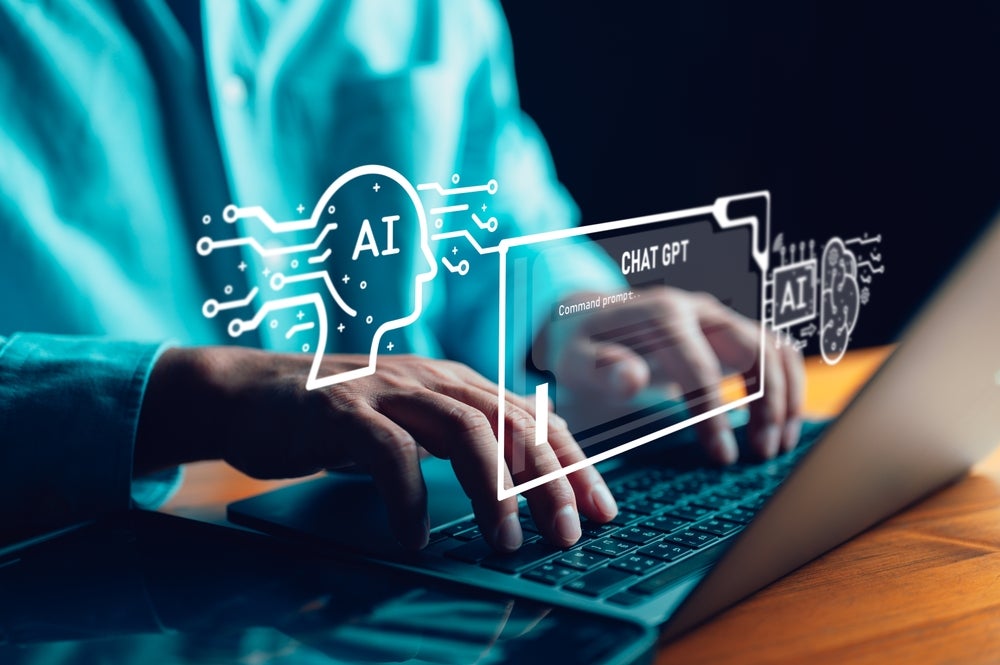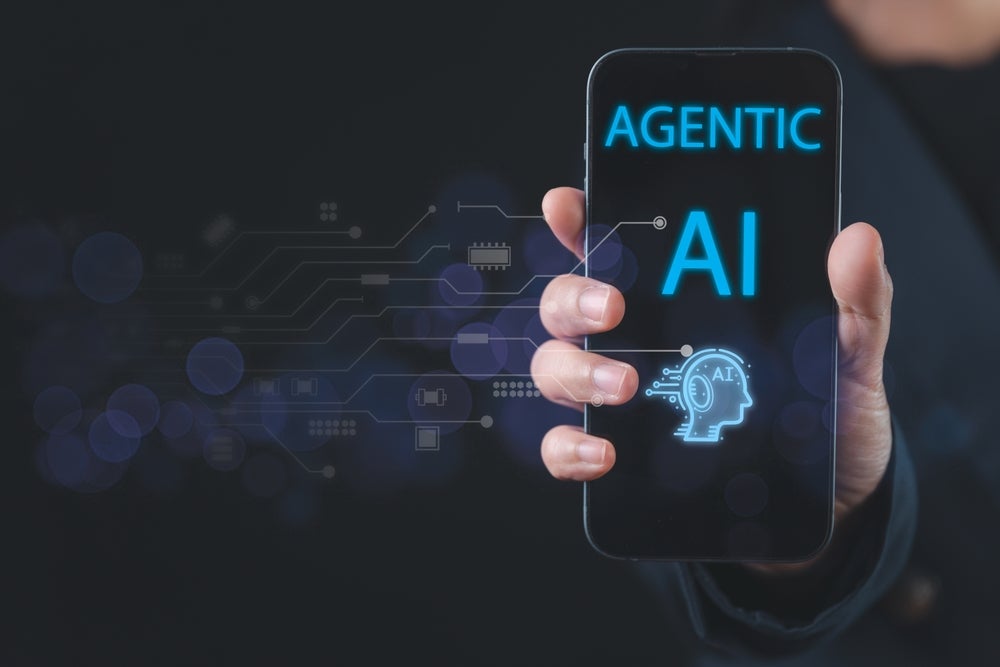
US researchers have created an AI that can solve a Rubik’s Cube in a fraction of a second, far quicker than the fastest human.
Known as DeepCubeA, the AI (artificial intelligence) algorithm also solved the simulated Rubik’s Cube in fewer moves than humans.

Access deeper industry intelligence
Experience unmatched clarity with a single platform that combines unique data, AI, and human expertise.
In findings published in the journal Nature Machine Intelligence, the University of California Irvine (UCI) researchers behind DeepCubeA demonstrated how the Rubik’s Cube AI solved the 3D puzzle in 100% of all tests.
It also found the shortest path to completing the puzzle about 60% of the time, the researchers said.
“Our AI takes about 20 moves, most of the time solving it in the minimum number of steps,” said senior author Pierre Baldi, UCI distinguished professor of computer science.
Even the fastest humans take around 50 moves to complete a Rubik’s Cube.

US Tariffs are shifting - will you react or anticipate?
Don’t let policy changes catch you off guard. Stay proactive with real-time data and expert analysis.
By GlobalData“Right there, you can see the strategy is different, so my best guess is that the AI’s form of reasoning is completely different from a human’s,” added Baldi.
The world record for a human solving a Rubik’s Cube is 3.47 seconds.
How did the AI solve the Rubik’s Cube?
The Rubik’s Cube AI learnt to complete the puzzle without any in-game coaching from humans or specific domain knowledge.
Instead, DeepCubeA solved the Rubik’s Cube using a subset of artificial intelligence known as deep reinforcement learning. This sees algorithms rewarded for making decisions that lead to the desired outcome and penalised for making decisions that don’t.
It’s the same technique leveraged by Google DeepMind algorithms AlphaGo and AlphaZero, which have mastered the games of Go and chess.
With parameters put in in place by the researchers, DeepCubeA trained by repeatedly solving a simulated cube for two days in isolation – essentially becoming its own teacher.
“It learned on its own,” said Baldi.
Unlike humans, these algorithms can train non-stop, allowing them to practice far more attempts than humans.
“The solution to the Rubik’s Cube involves more symbolic, mathematical and abstract thinking, so a deep learning machine that can crack such a puzzle is getting closer to becoming a system that can think, reason, plan and make decisions,” said Baldi.
Baldi and his team hope the Rubik’s Cube AI could help when building future AI systems beyond puzzle solving.
DeepMind, for example, has applied its algorithms to healthcare to spot eye disease more accurately than humans.
Baldi described some of the AI systems used every day, such as Siri and Alexa, as “not really intelligent” and that “you can easily break or fool them”.
“How do we create advanced AI that is smarter, more robust and capable of reasoning, understanding and planning? This work is a step toward this hefty goal,” he said.
Read more: Watch out, DeepMind – there’s a faster algorithm on the block







